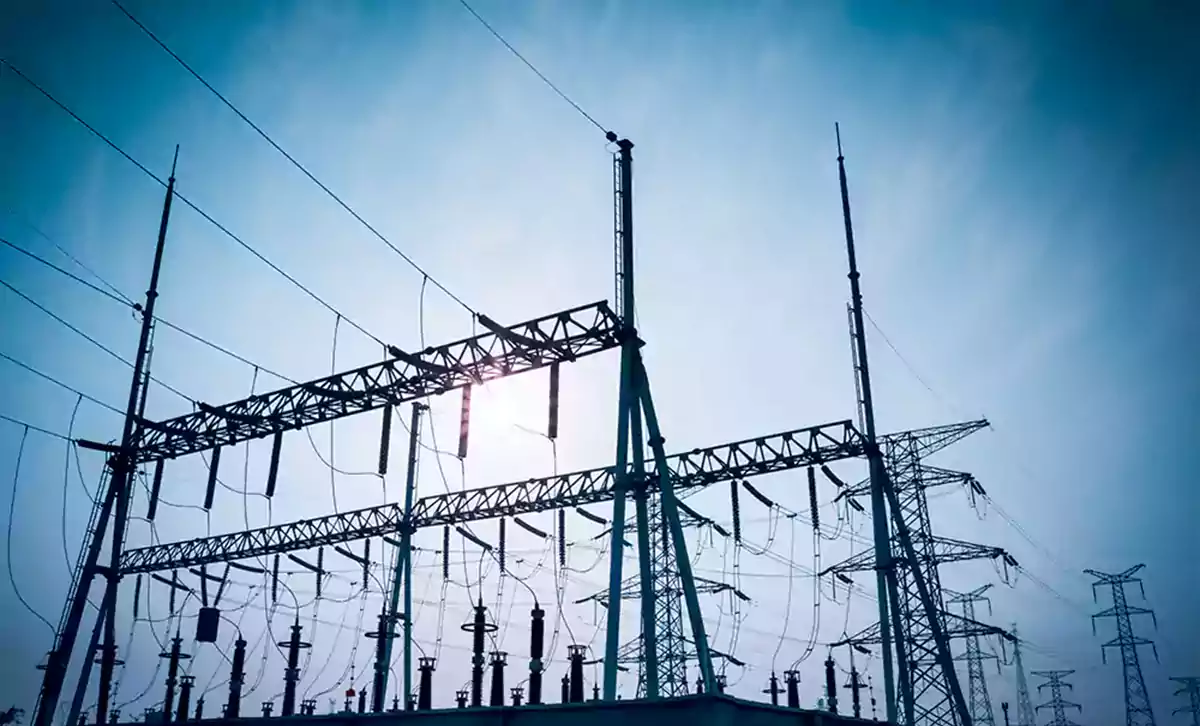• How can electricity be generated from water?
The basis of hydropower and coal-fired power plants is the same. Both methods use a power supply to turn the turbine, then turn a metal shaft in an electric generator that generates electricity.
A coal-fired coal power station uses steam to turn the turbine, while a hydroelectric power plant uses water to turn the turbine and generate power.
A hydroelectric plant includes a dam on a river that can stores water. There is a water inlet on the wall. Due to the dam’s higher elevation and with the gravity force, the water leads to the bottom of the dam. At the end of the hatch, there is a turbine moving with water motion. The shaft travels from the turbine to the generator that generates power. Power lines have connected to the generator which transfers electricity to the consumption site. This water then returns to the river through the impeller.
• The role of turbines and generators in hydropower generation
In hydropower generation, according to engineers; a hydraulic turbine converts water flow energy into mechanical energy. A hydroelectric generator converts this mechanical energy into electrical energy.
The generator is based on Faraday principles. Faraday found that when a magnet passed by a conductor, it generated electricity. In a large generator, electricity is supplied using mechanical energy and generated by creating motion in the windings of the electrical circuit and engender an electric charge.
pumping reserve; reuse water to supply power at the peak
Power demand is not always constant. Demand has increased and decreased throughout the day. For example, one afternoon in the summer, the amount of electricity demand for the launch of coolers increases, but this will decline in the morning.
Hydroelectric power plants have more efficiency than fossil fuel plants to meet peak energy demand, and one way to do so is using the “pumping reserve” that uses the same water more than once.
Pump storage is a way to store water during peak power demand. When energy demand is low, water previously flowing through turbines to stored in a tank above the facility. Then, when demand increases, this water returns through the turbine generators.
This tank acts like a battery, stores water, and gets the most power out of it during peak demand periods. The advantage of pump storage is that hydropower oases can be operated quickly and have a fast energy output.
Other advantages of pump storage include its relatively small size and lower construction cost versus other hydropower plants.
Source: usgs.gov








